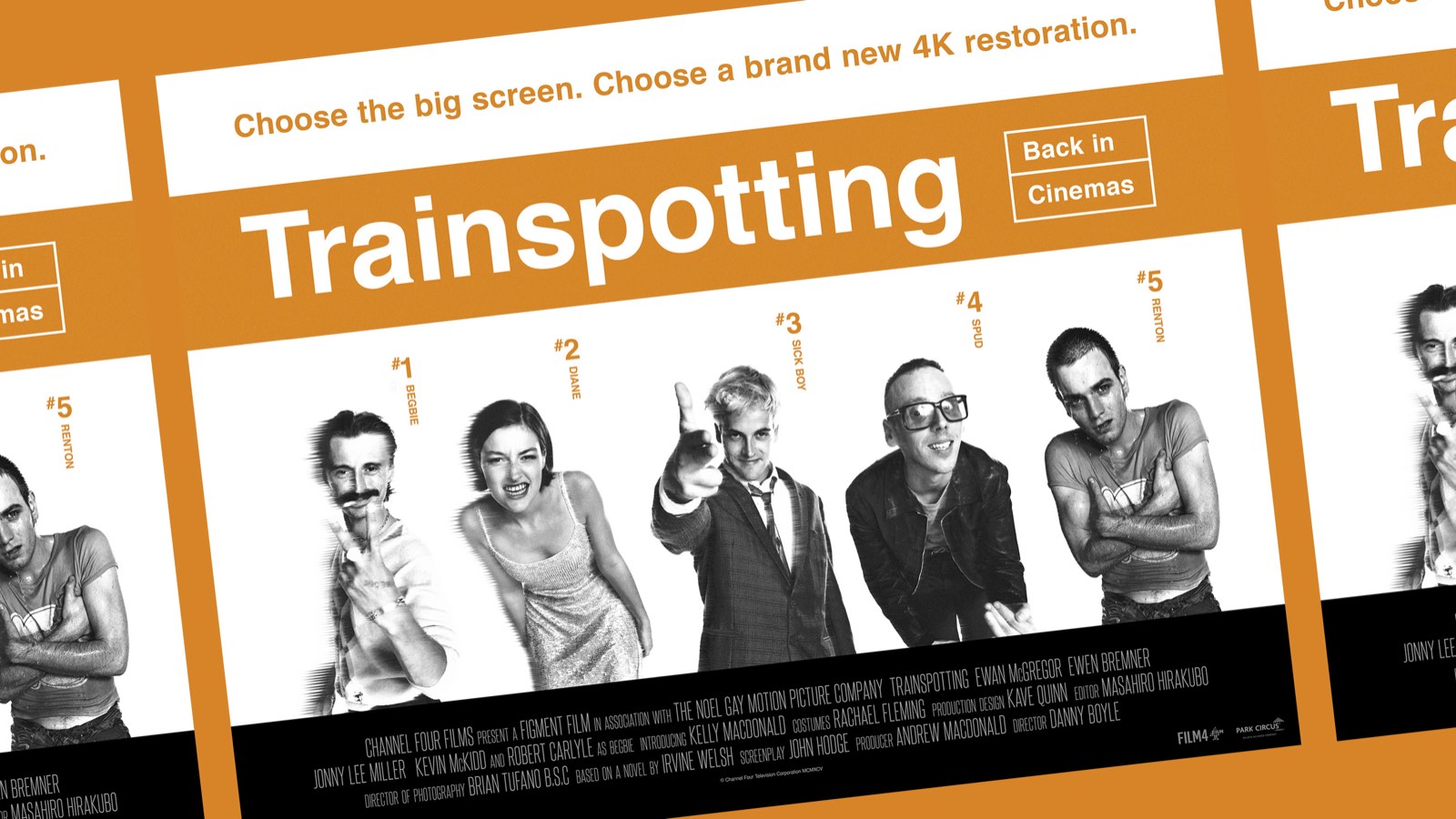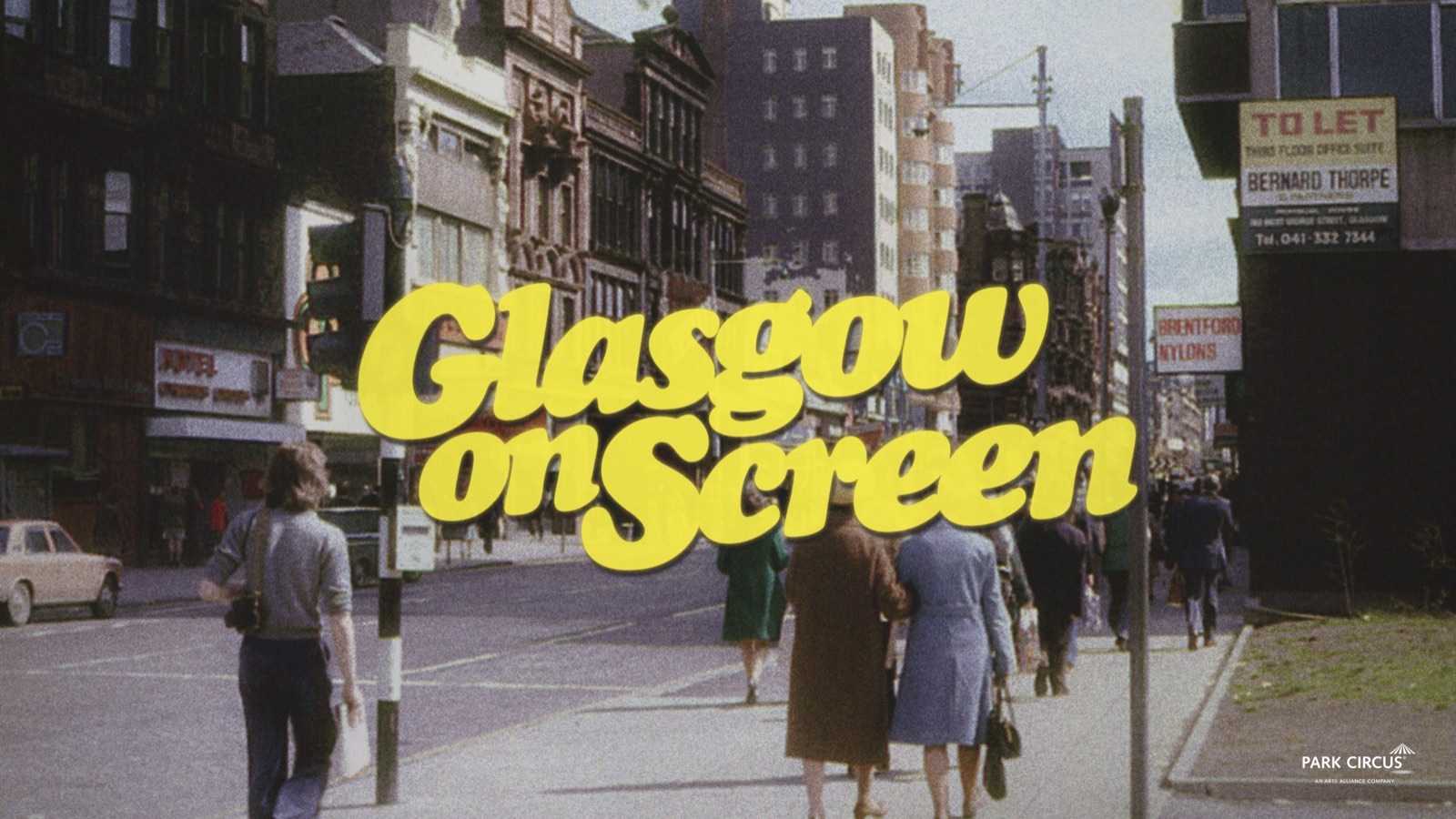
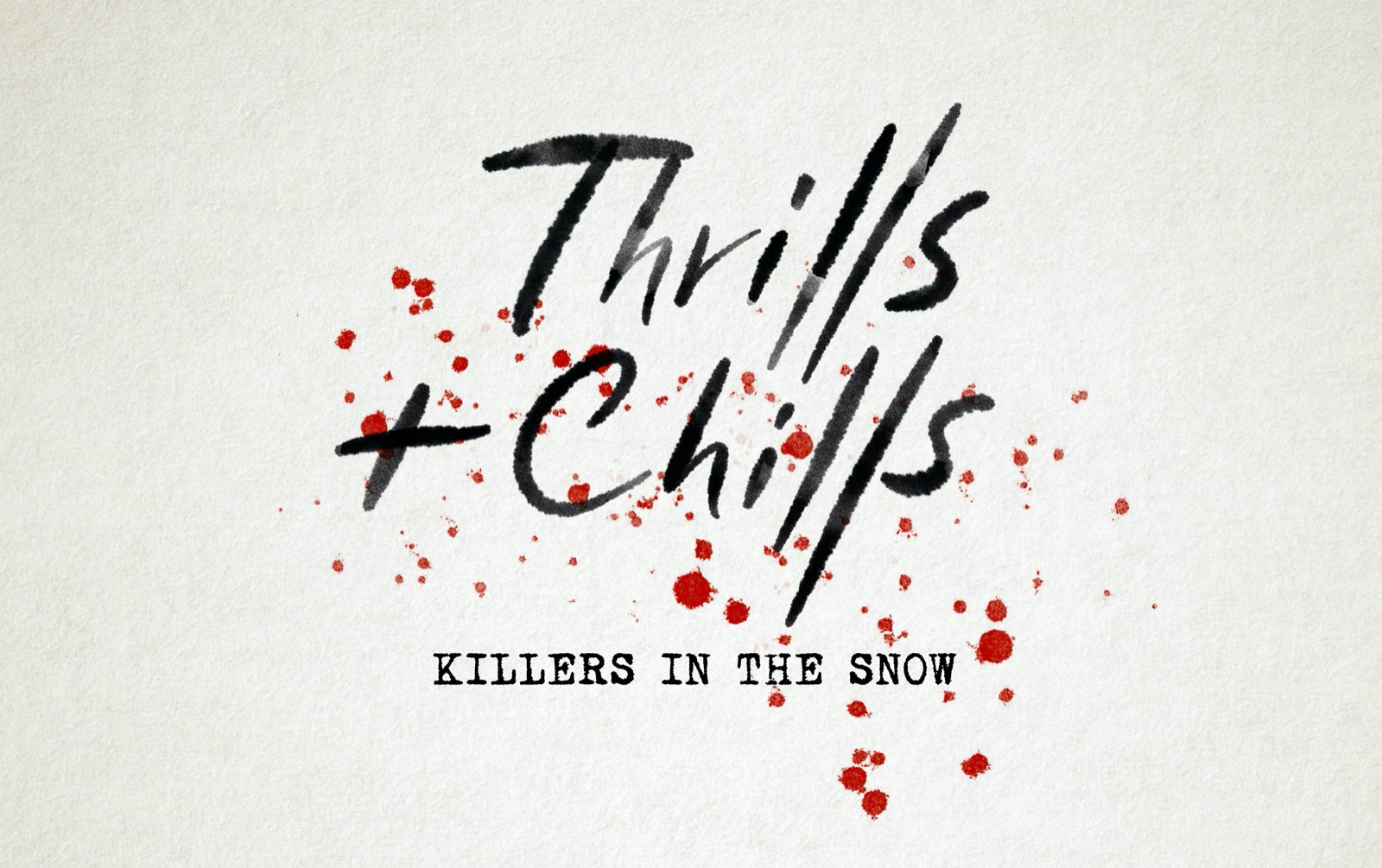
We are thrilled to be supporting the safe reopening of cinemas and to support them in doing so, we are taking a dive into our catalogue for a closer look at what some iconic films mean to all of us, and why.
Whilst things aren't entirely back to the normal we were hoping for quite yet, we are beginning to see brighter days dawning for exhibition around the world, and with that we want to try and provide some inspiration for when your doors are open once more.
By January, we've had our fill of Christmas cheer and are ready to sink our teeth into a gritty thriller. This year, our cravings for suspense, excitement and catharsis have been dialled up a notch. To accompany the release, we present Thrills and Chills: Killers in the Snow, a package of snowy suspense titles sure to quench your thirst for thrills.
To celebrate the availability of this package for booking at cinemas as and when they reopen, Professor Jeffrey Goldstein of the Institute for Cultural Inquiry at Utrecht University in The Netherlands takes a Close Up look at why thrill and danger on film is so appealing to audiences.
Entertainment has been a source of comfort, distraction, and wonder that has sustained many of us during the enduring corona pandemic. Its value in coping with distress makes entertainment a public health issue, especially helpful for maintaining mental health. By choosing what to watch, when, and with whom, we make small but influential decisions that affect our well-being. People stuck in place use film and other media to ease their stress and transport them elsewhere for a few hours, a short vacation, with many of the same benefits and little of the cost and inconvenience. Films can lighten our mood, increase our happiness quotient, and strengthen communal bonds with other viewers.
‘The suspense is terrible. I hope it will last.’
Gwendolyn, in The Importance of Being Earnest Oscar Wilde, 1895
A sudden jolt or menacing tone is often enough to initiate a biological process that begins with a visceral reaction to a perceived threat or danger. The autonomic nervous system springs into action – muscles tense, breathing becomes erratic and heart rate rises. These bodily reactions are experienced as fear or dread. This is typically followed by relief when the story is resolved. Once the threat has passed, muscle tension is reduced, breathing becomes more regular, and heart rate slows, which is emotionally satisfying and soothing.
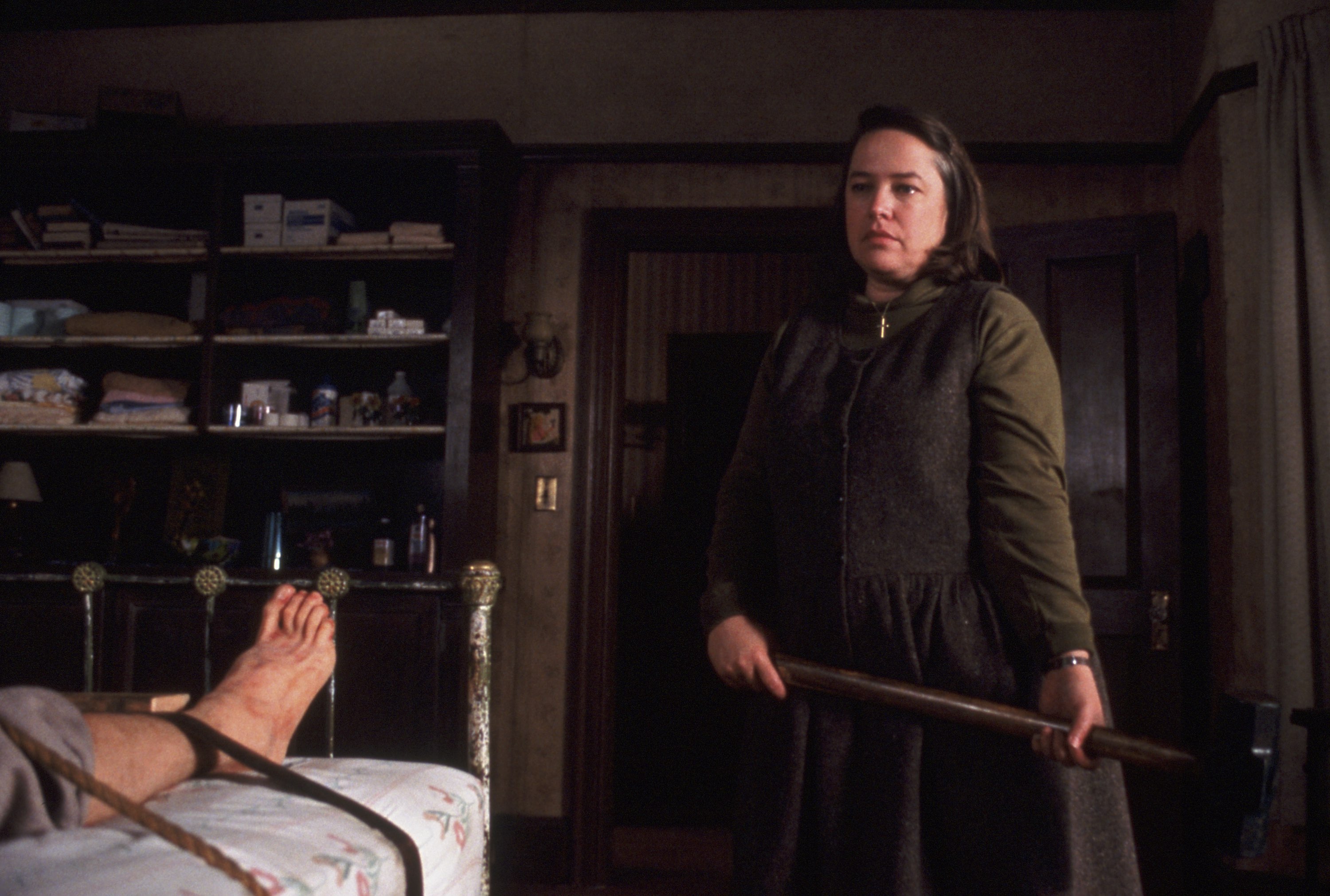
Misery (1990)
Especially at this time, when social contact is so restricted, suspense and adventure delivered onscreen allows viewers to experience in safety powerful feelings often missing from daily life, but without the risk of actual harm. This can help viewers learn to recognise and manage unsettling feelings. In addition, observing how others deal with their distress may help us cope with our own. Immersion in a fantasy world is also conducive to the transcendental experience of "flow", where time passes at a different pace.
The distress and dread aroused by thrillers and suspense actually increase the viewer’s positive feelings when the hero triumphs in the end, according to media psychologist Dolf Zillmann. (1)

The Revenant (2015)
The audience for thrillers and horror films do not share a single motive - some viewers seek excitement, others companionship or social acceptance through a shared experience, and still others wish to see a just or moral resolution.
Individuals differ in their need for excitement and tolerance for images of bloodshed or danger. Those with a high need for excitement (‘sensation-seeking’ to psychologists) find these portrayals particularly enjoyable. Even viewers who are distressed by the gore or tension may watch because they have other priorities, such as demonstrating their ability to tolerate it, the desire to personally master the threatening images, or a way to demonstrate fearlessness. If the images or drama are too unsettling, viewers can modulate their emotional reactions by pulling back from the story to regard it dispassionately, like a film critic or cinephile. When the violence is too real, violent entertainment loses much of its appeal. This is especially true when cues to its unreality, such as music or editing, are removed. (2)
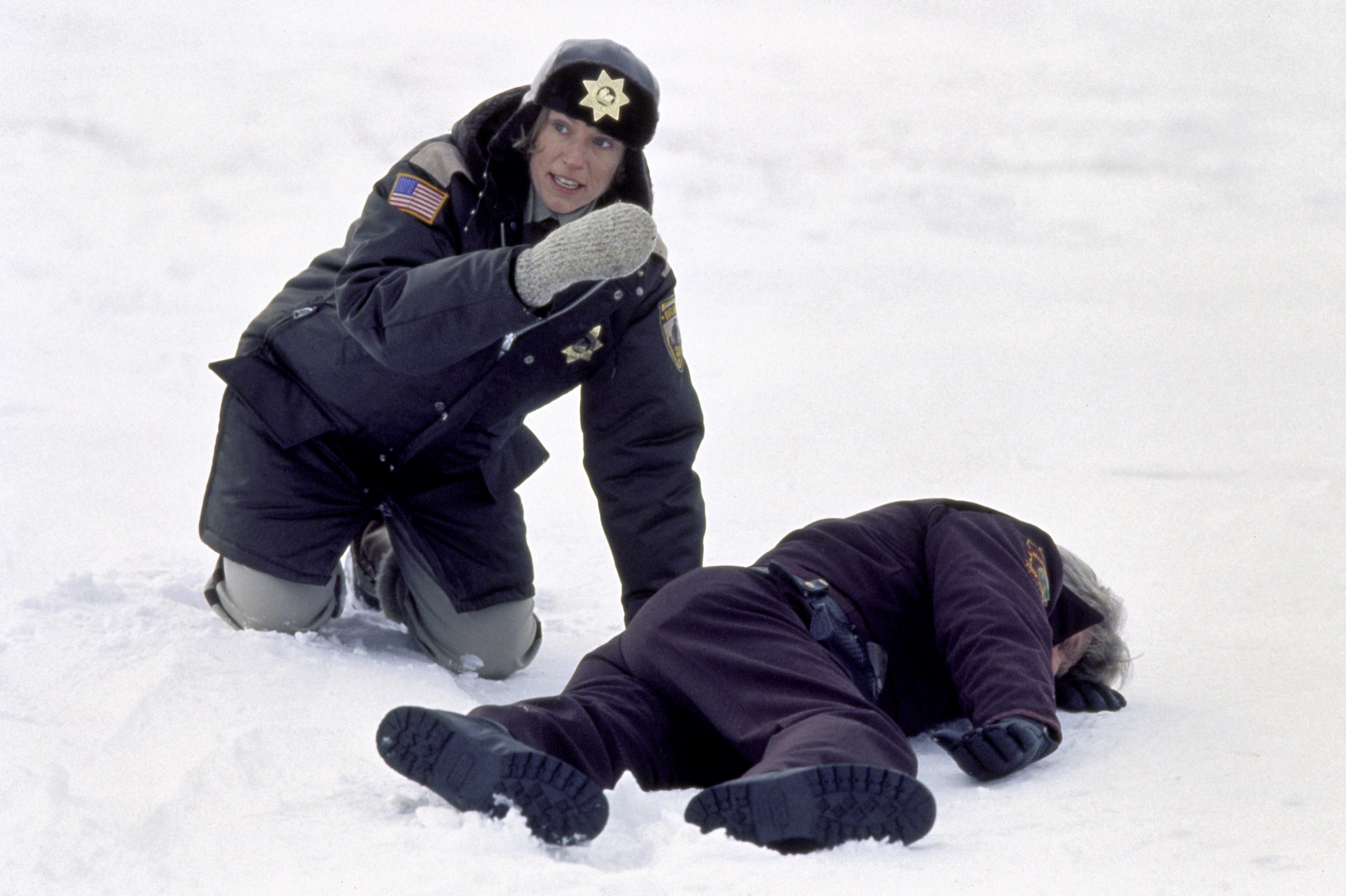
Fargo (1996)
Humour can add another dimension to the experience, resulting in a physical reaction, laughter, that unites the audience in momentary solidarity, intensifying enjoyment. Research shows that laughter can contribute to mental and physical health, and has been found to reduce anger, anxiety, depression, and to increase pain tolerance.(3)
When freely chosen, good entertainment can produce desired states such as excitement and relaxation and can induce the range of human emotions that enrich daily life. The emotional and social gratification provided by these distractions are supplemented by their impact on health and well-being.
The films that comprise Thrills and Chills: Killers in the Snow are all set in winter. But, despite the cold, there is comfort to be found in the exciting stories of Fargo (Joel Coen, Ethan Coen, 1996), Misery (Rob Reiner, 1990), The Girl with the Dragon Tattoo (David Fincher, 2011), The Revenant (Alejandro Gonzàlez Iñàrritu, 2015), and Runaway Train (Andrei Konchalovsky, 1985).
So give yourself a break and enjoy these modern classics for their originality, excitement, and artistry. It’ll do you good.
1. In G. Neil Martin. 2019. (Why) do you like scary movies? A review of the empirical research on psychological responses to horror films. https://doi.org/10.3389/fpsyg.2019.02298
2. R. C. McCauley. 1998. When screen violence is not attractive. In J. Goldstein (ed.), Why we watch: The attractions of violent entertainment (pp. 144-162). New York: Oxford University Press.
3. Rod A. Martin & Thomas E. Ford. 2018. The psychology of humor.(2nd ed.) Amsterdam: Elsevier.



